Advertisement
Pretty much everyone knows what a fireplace is. Adding one to your home will not only keep you warm but also make your home beautiful. But if you were asked to identify each part of a fireplace, you’d likely fail the test.
Knowing where each part is and what it does can help you take better care of your wood-burning fireplace. If something goes wrong, you’ll know exactly where to look and what to do. Although all parts of a fireplace have their purpose, some are more useful than others.
Thus, you should familiarize yourself with all the components of a fireplace to know what to do when something goes wrong.
In this article, we’re going to introduce you to all the vital components of a fireplace.
The components of a fireplace
Ash pit cover
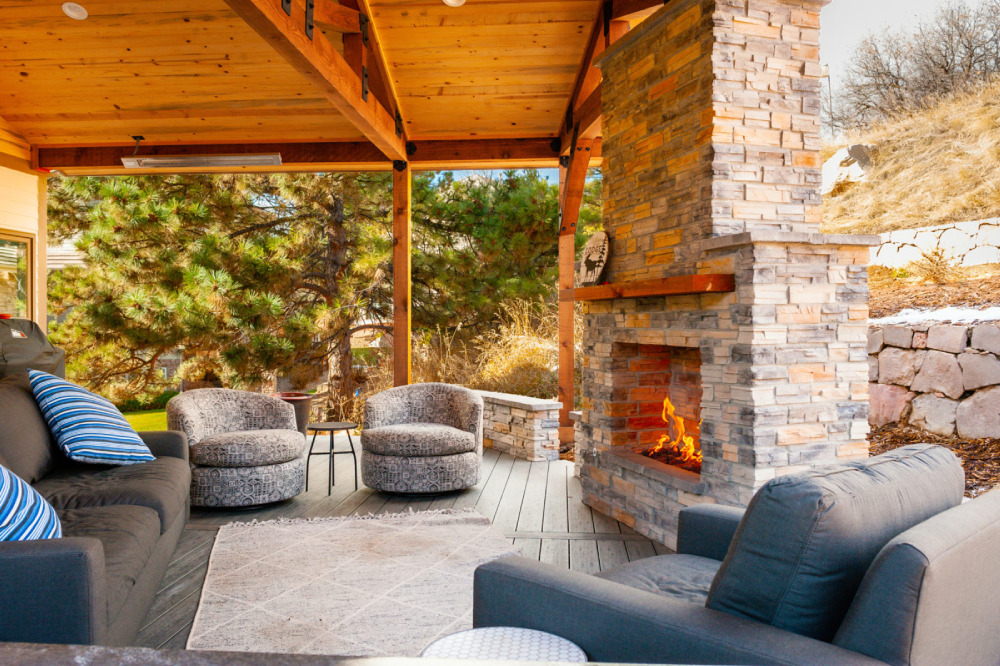
Image source: Amazon
The ash pit cover is typically located at the bottom of your firebox. Recessed inside the floor, it stores old ashes from your fireplace. It’s usually made of metal to withstand high temperatures. An ash pit cover comes with metal hinges that allow you to open it whenever you need to sweep the ashes away.
Just make sure you use appropriate tools as touching hot embers can be dangerous.
Back and side walls
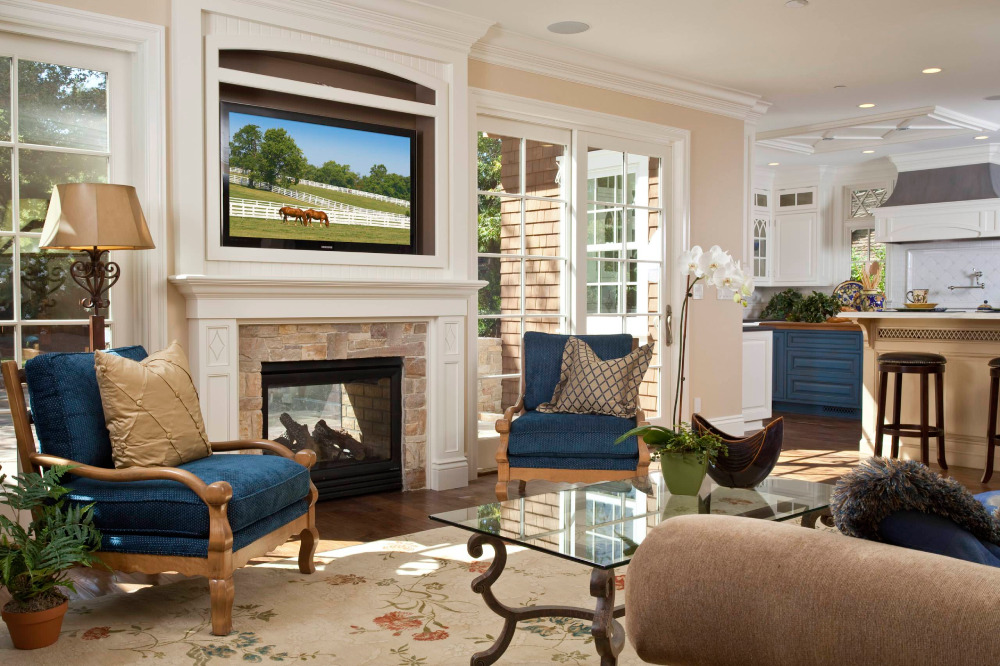 Image source: Brownhouse Design, Los Altos, CA
Image source: Brownhouse Design, Los Altos, CA
The back wall holds your fireplace door in place. The side walls are typically made of bricks or stones, especially if you have a masonry fireplace. They help contain the heat and flying embers, protecting you from accidental fires. When it comes to decorating them, you can choose from many textures and colors.
Some modern fireplaces have side vents that further regulate the airflow. They typically come with protecting screens to keep flying embers contained.
Chimney
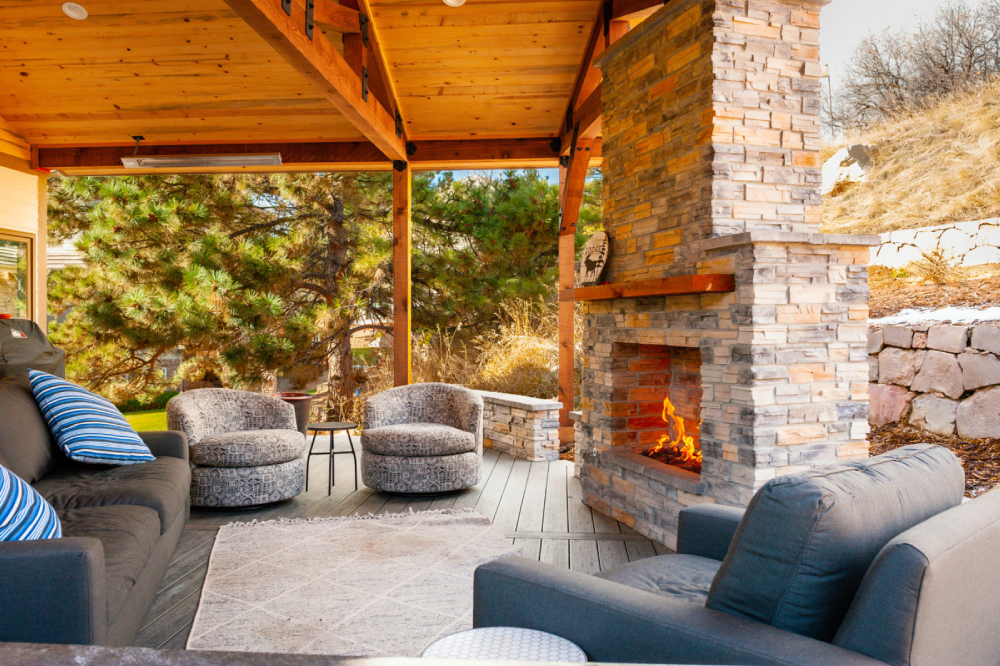 Image source: Kona Contractors
Image source: Kona Contractors
The chimney is one of the most straightforward components of a fireplace. It directs smoke and fumes out of your home. Burning wood produces toxic fumes that would otherwise harm you. The chimney also contains flying embers, providing you with extra protection from accidental fire.
Chimney Cap
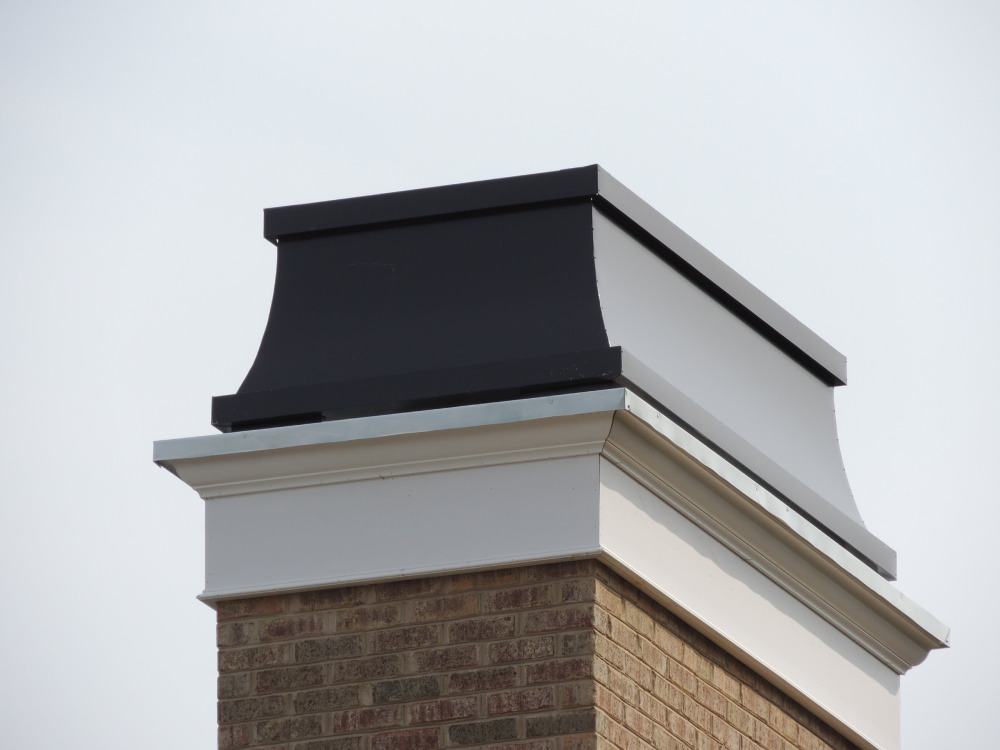 Image source: Chimney King, LLC
Image source: Chimney King, LLC
As the name implies, this cap sits atop your chimney. Made of metal, it protects your chimney from elements such as rain and snow. Without it, wood-burning fireplaces couldn’t function properly. A chimney cap further keeps embers contained. Otherwise, they would fall on your roof, potentially starting a chimney fire.
Chimney throat
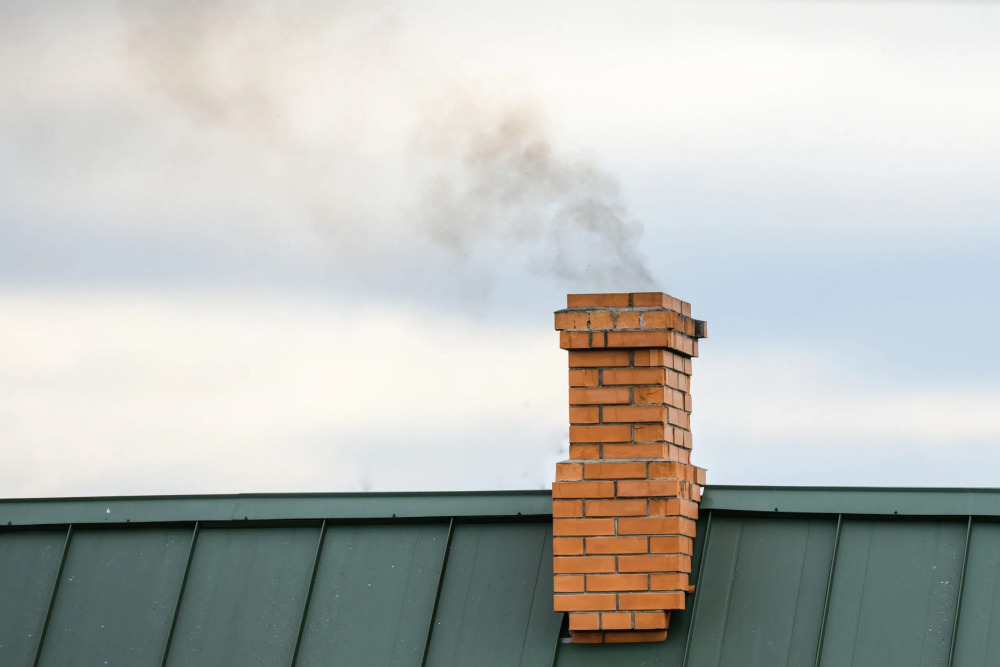 Image source: Priddy Chimney Sweeps
Image source: Priddy Chimney Sweeps
The chimney throat refers to the place where the fireplace meets your chimney. It is a structural feature that doesn’t have any special function
Corbel

Image source: Stovax Gazco
Corbel is a type of wooden surround that supports your fireplace. It is a 3D profile that rises from the wall. Although it serves mainly a structural function, it’s also an important part of fireplace design.
Crown
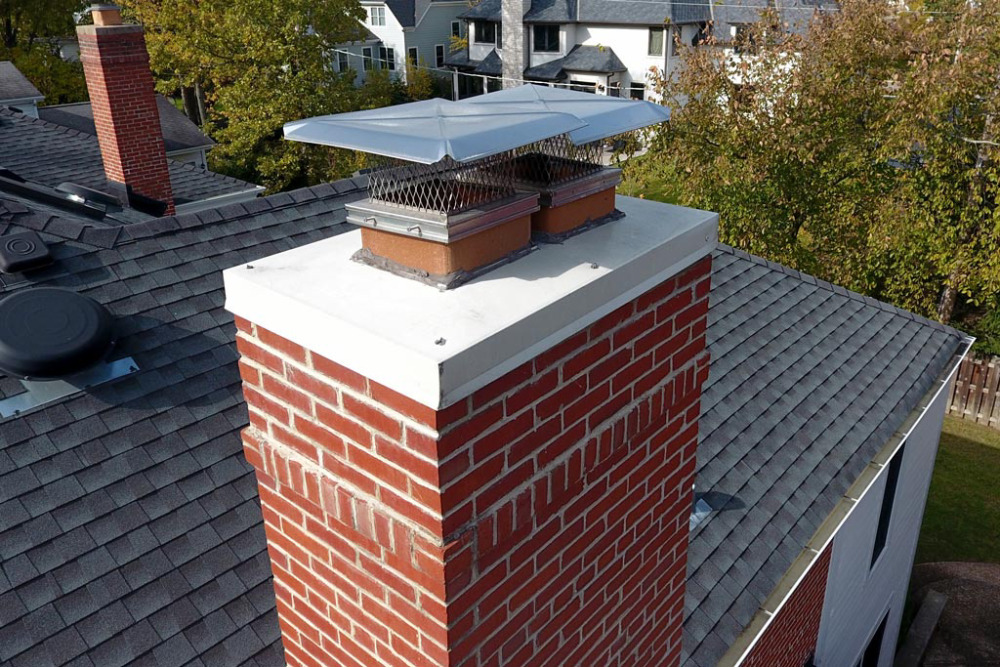 Image source: Vertical Chimney Care
Image source: Vertical Chimney Care
Of all the parts of a fireplace, the crown may be the most obscure one. It simply refers to the decorative tile found on top of your chimney. It’s typically thin and wider than the rest of your fireplace. Made of concrete, it also blocks precipitation.
Damper
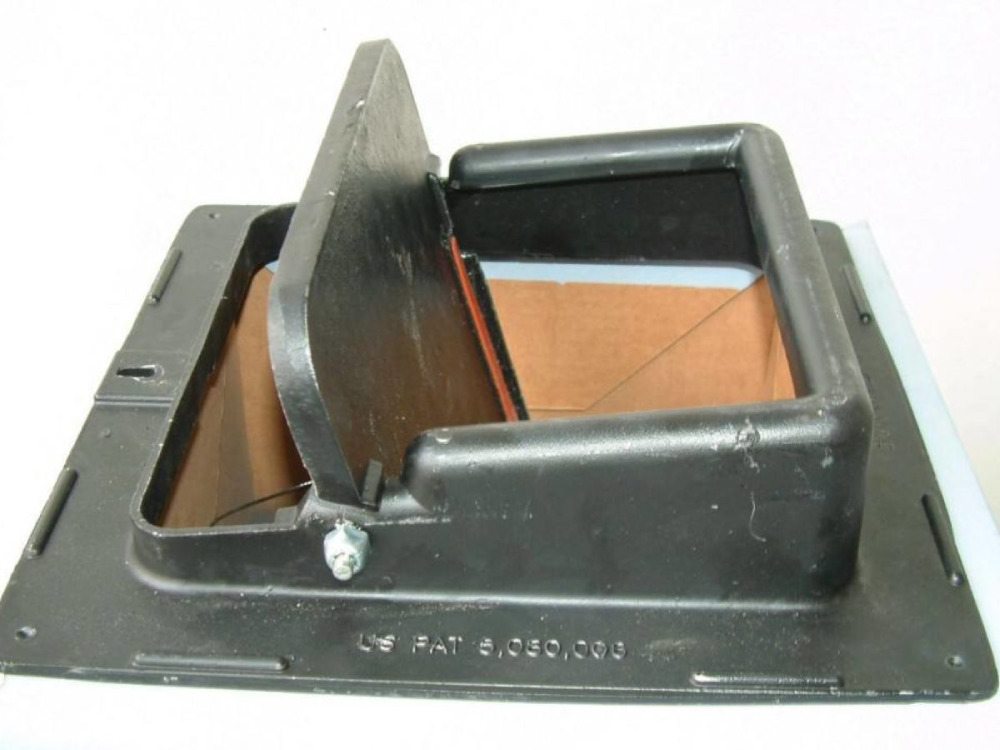 Image source: The Irish Sweep
Image source: The Irish Sweep
A damper is a metal place found near the chimney throat. You can control it with a lever. Opening it increases the airflow, allowing your fire to burn brighter. However, it also results in greater heat loss. When you close it, you restrict the airflow your fireplace receives. This is better for conserving heat. Just make sure you don’t overdo it or you may start a chimney fire.
Burning wood with low oxygen can also produce carbon monoxide, a poisonous gas.
Firebox
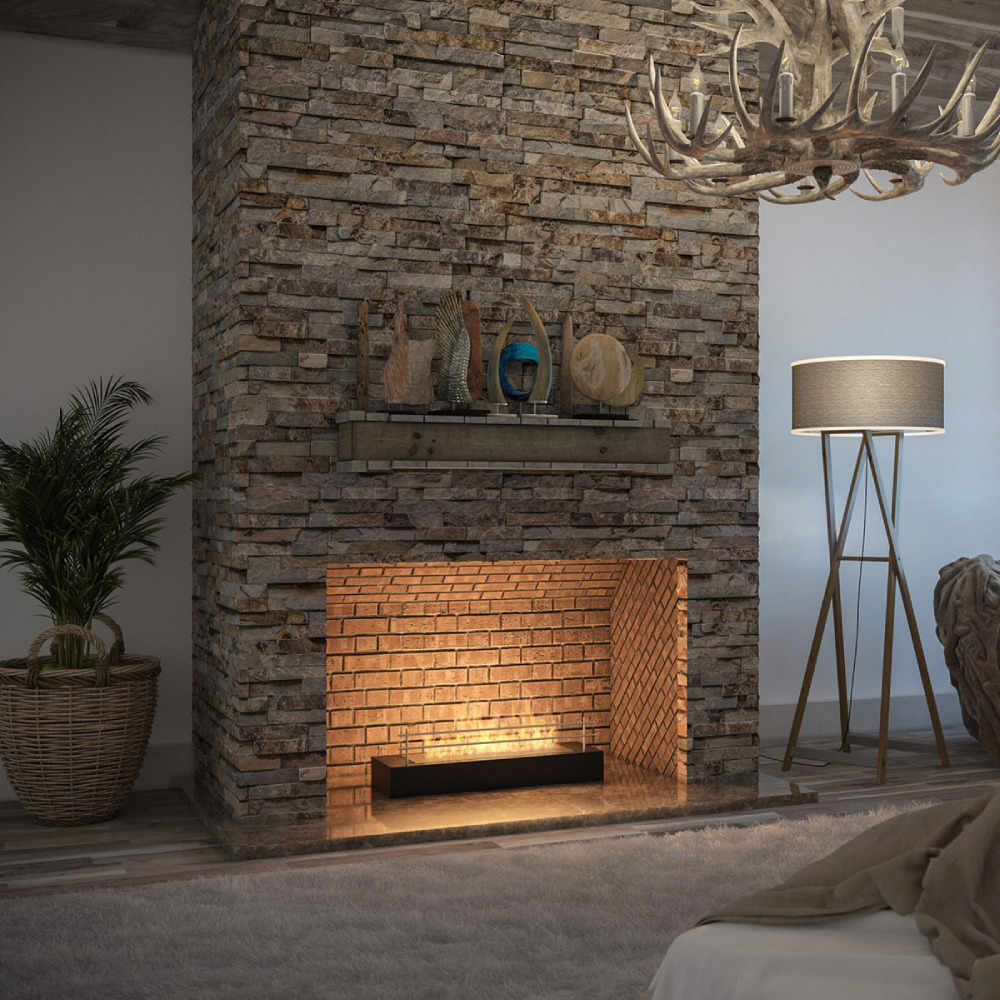 Image source: Ethanol Kamin Online
Image source: Ethanol Kamin Online
The firebox is the bread and butter of all masonry fireplaces. It’s usually square or rectangular. It exists to contain the fire, relying on sturdy materials like firebricks. It sits on top of the hearth and under the chimney throat.
Fire doors
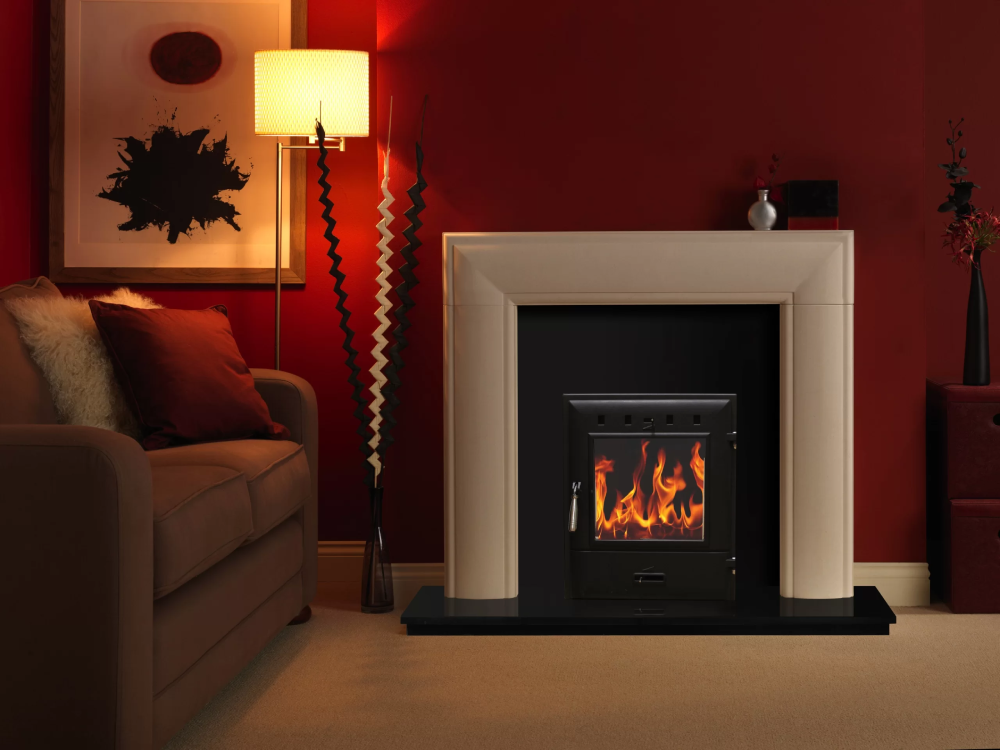 Image source: Spratt Fireplaces & Stove Centre
Image source: Spratt Fireplaces & Stove Centre
Fire doors grant you access to the firebox. They’re typically made of resilient glass, allowing you to watch the flames dancing once you light the fire. You should only open it when you need to restock fuel or light a new fire. Quality fire doors should feature handles made of non-combustible, insulant materials. That way, they won’t burn your hands.
Fire grates
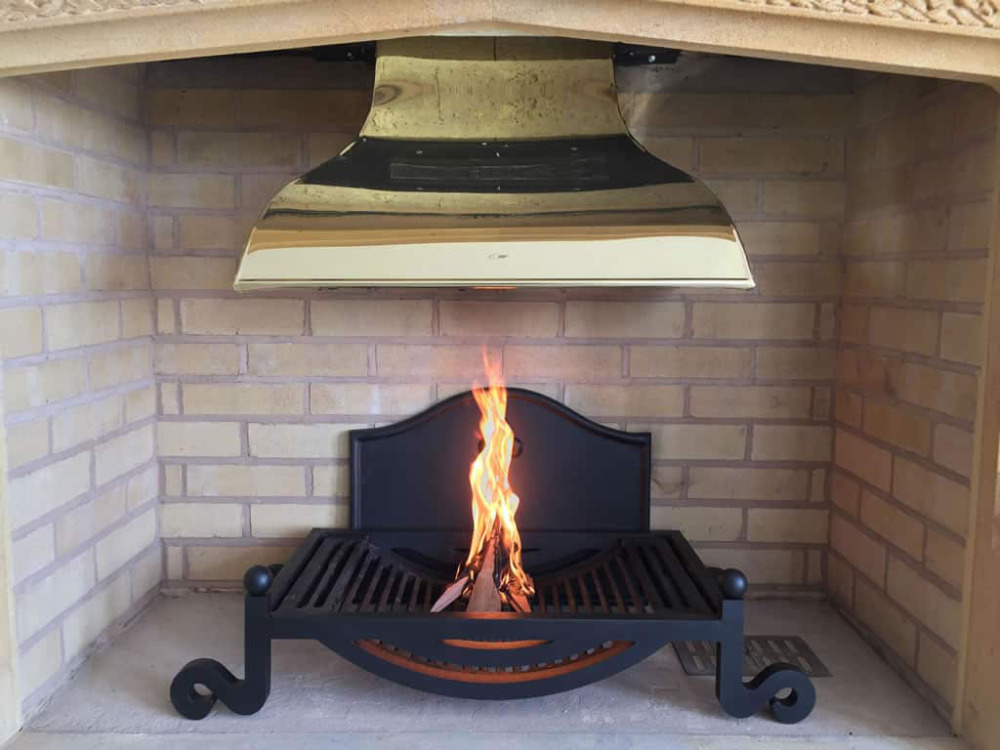 Image source: Camelot Realfires
Image source: Camelot Realfires
A fireplace grate is a component that holds the wood while it burns. It’s generally made of cast iron, though you can find fire grates made of other metals as well. It features a rib-like bottom that allows for maximum oxygen intake, making the fire burn as bright well as possible.
Flashing
 Image source: Chimney Saver
Image source: Chimney Saver
The flashing is a metal sheet found around your chimney. Its purpose is to maximize insulation and make your wood-burning or gas fireplace as waterproof as possible. If damaged, you shouldn’t use your fireplace. When moisture enters the firebox, it can interfere with the combustion. This results in toxic fumes that can be life-threatening.
Fuel
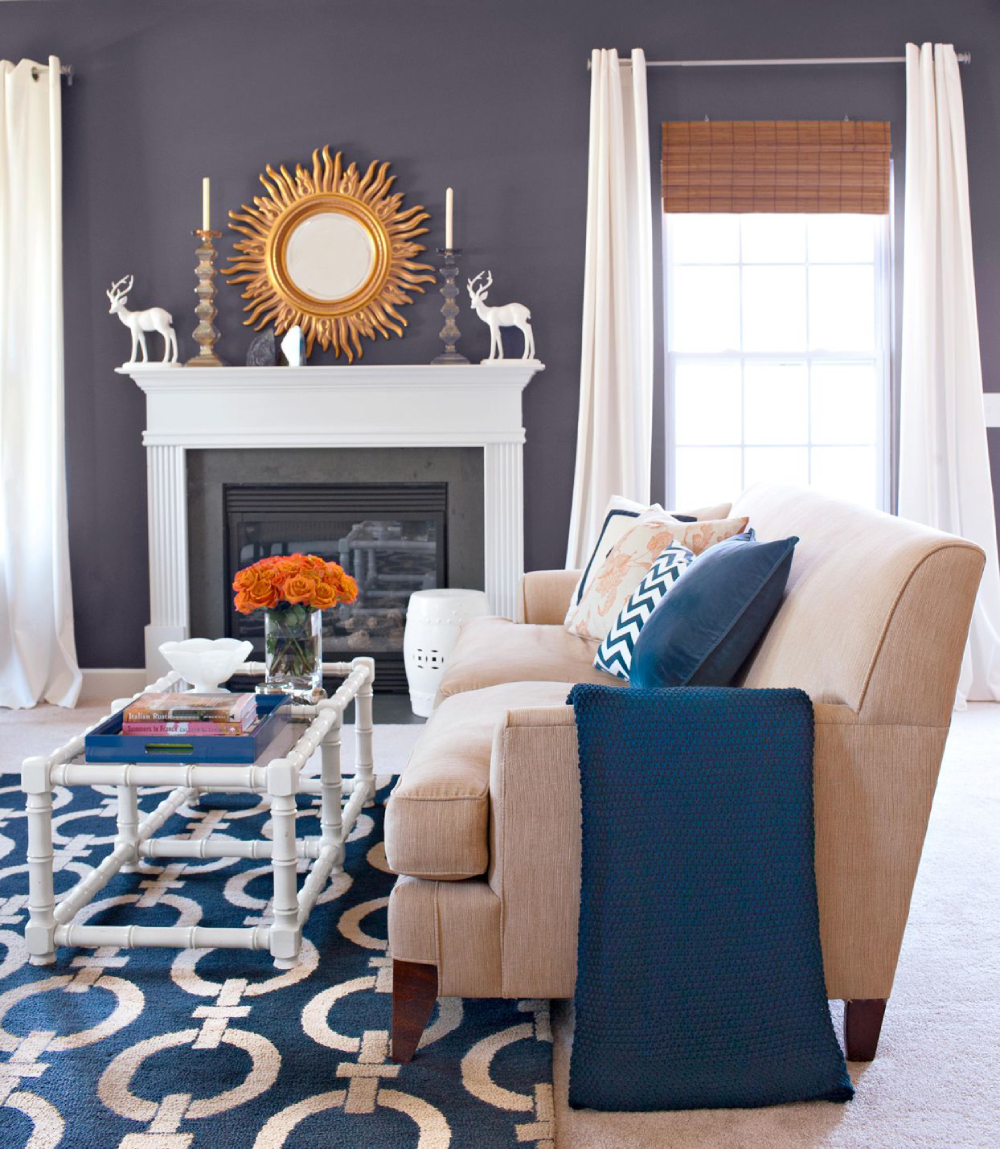 Image source: ROBERT BRINSON
Image source: ROBERT BRINSON
The fuel is what gives your fireplace life. Today, you can choose from many different types of fireplaces. Some burn wood while others burn organic pellets. You can even go for electric ones that don’t need any fuel at all.
Hearth
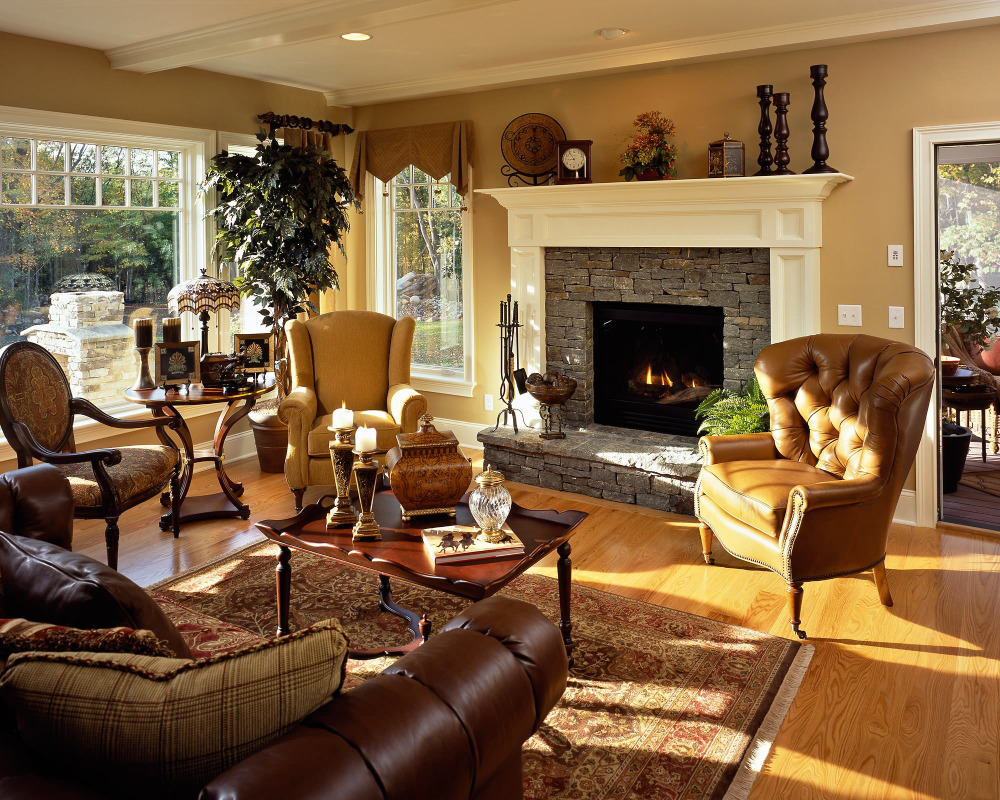 Image source: Witt Construction
Image source: Witt Construction
The hearth is essentially the floor under the firebox. It’s typically made of metal to disperse the heat as well as possible. As a result, the heat dissipates into your room rather than escaping out of your chimney. It also protects the floor under the fireplace from damage.
Mantel
 Image source: STACY GOLDBERG
Image source: STACY GOLDBERG
The fireplace mantel is a shelf-like protrusion above the firebox. Though it originally protected the room from flying embers, it’s mostly a decoration today. You can decorate it with vases, pictures, and sculptures to create the living room of your dreams.
Lintel
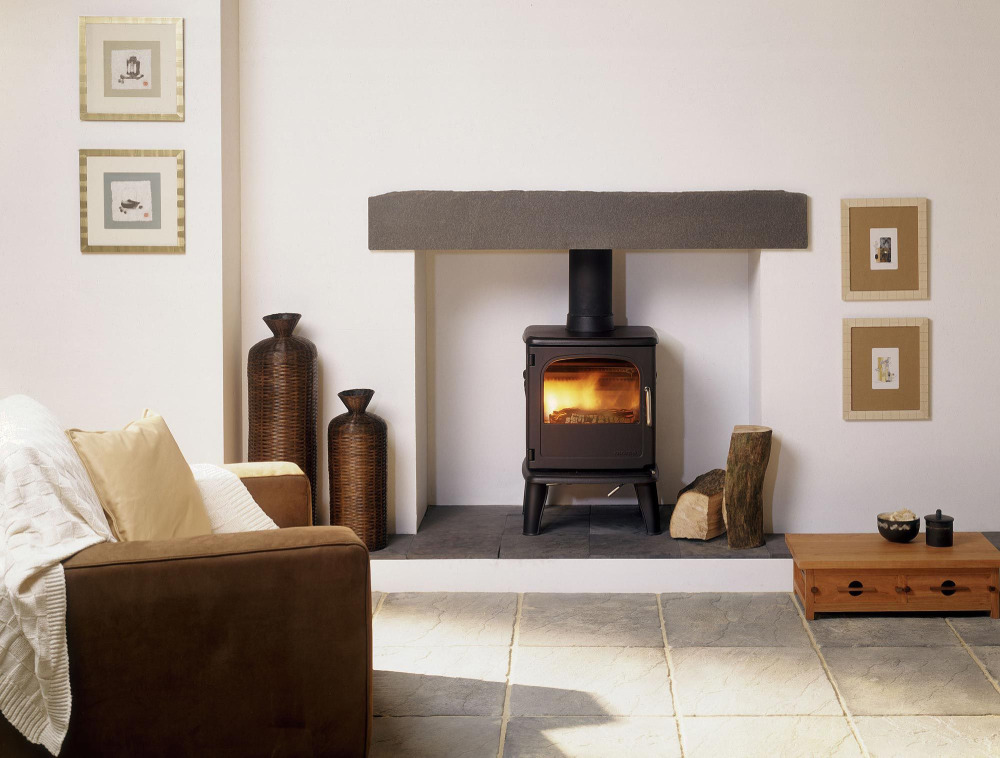 Image source: Karr Bick Kitchen and Bath
Image source: Karr Bick Kitchen and Bath
The lintel is a horizontal beam that supports the chimney. You can find it between the fireplace surround and the chimney throat. Its purpose is purely structural. Some fireplaces use arches instead of lintels, although these are more expensive.
Screen
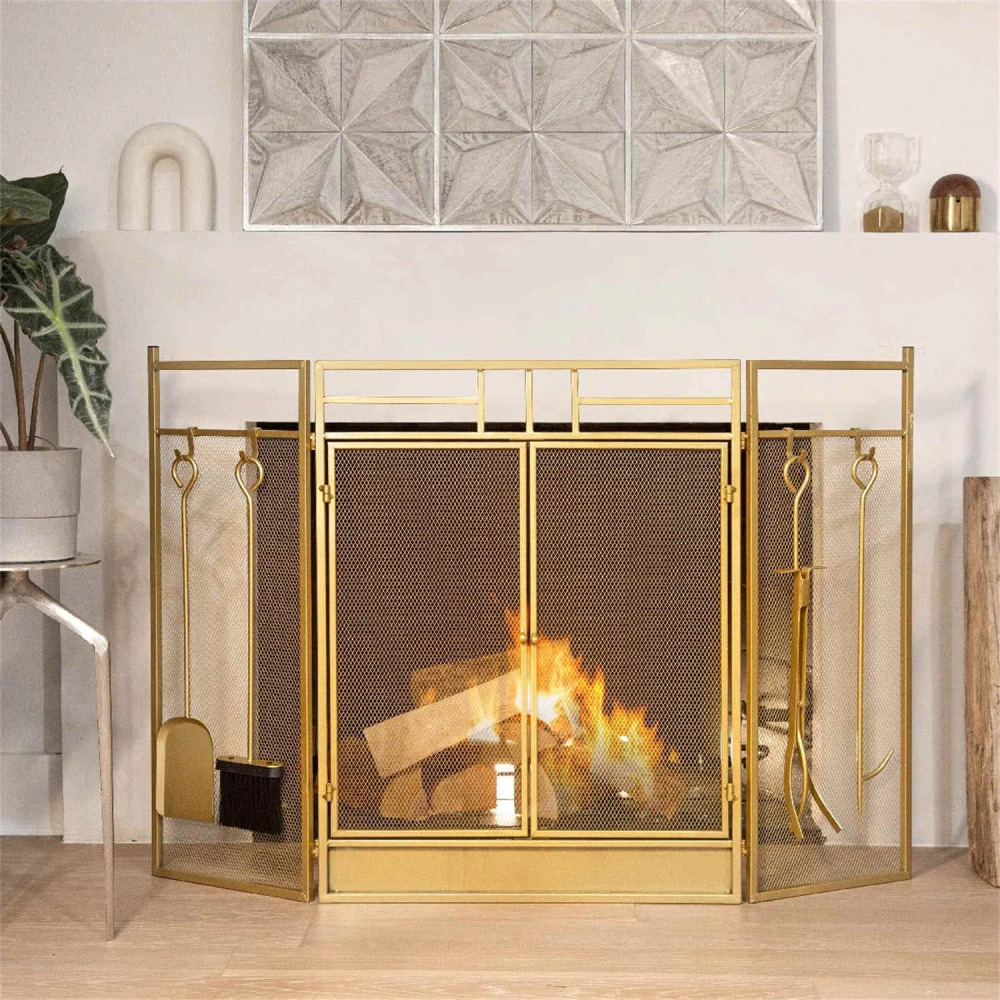 Image source: Amazon
Image source: Amazon
The screen is a decorative feature placed in front of your fireplace. It’s usually made of glass so that you can see the fire behind it. It also protects the fireplace opening from heat. Screens come in many designs, meaning they are very versatile decorations.
Smoke Chamber
 Image source: Above & Beyond Chimnet Service
Image source: Above & Beyond Chimnet Service
The smoke chamber is the small space above the firebox. The extra spell helps the fire burn brighter, creating much more heat. It is a structural feature that you can’t decorate.
Smoke Shelf
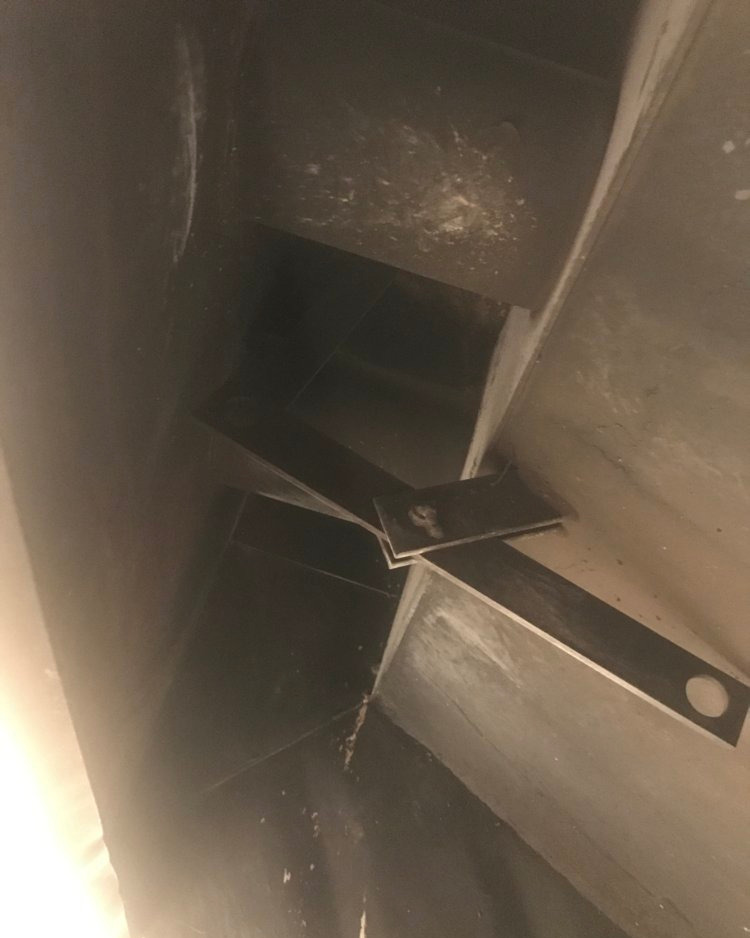 Image source: Turner Baker
Image source: Turner Baker
The smoke shelf sits at the bottom of the smoke chamber. Its design blocks smoke, preventing it from re-entering the firebox. This increases the quality of your fire.
Surround
 Image source: MICHAEL PARTENIO
Image source: MICHAEL PARTENIO
The fireplace surround is used to describe the entire frame around your firebox. It includes the side walls, corbel, and mantel. It has a structural function. However, it’s one of the key elements of fireplace designs as well. Choosing the right fireplace surround determines the overall look of your entire living room.
Roofline and soffit
 Image source: Turner Baker
Image source: Turner Baker
These are structural elements located outside of your house. The roof line refers to the place where the chimney meets the roof. It’s typically lined with flashing for extra insulation.
The soffit refers to the eaves under the chimney where it passes through the roof.
FAQs about the components of a fireplace
What are the main components of a fireplace?
The firebox, chimney, damper, hearth, mantel, flue, spark arrestor, gas valve, and pilot light are the primary parts of a fireplace. Together, they form a home’s reliable and efficient heating system.
What is a firebox?
The fireplace’s firebox serves as its physical confines. It is built to endure extreme heat and is often constructed from fireproof materials like brick or metal.
What is a chimney?
Chimneys are vertical structures designed to vent smoke and other combustion byproducts safely outside. It rises above the level of the roof and is typically constructed of brick, stone, or metal.
What is a damper?
Located inside the chimney, the damper is a metal flap that may be opened or closed to control the flow of air and smoke. To regulate the fireplace’s heat output and keep smoke out of the house, this component is crucial.
What is a hearth?
The hearth is the protruding platform in front of a fireplace. It is designed to prevent damage to the floor and walls from flying sparks and is constructed from fireproof materials such as stone or tile.
What is a mantel?
The mantel is a shelf that is placed above the hearth for aesthetic purposes. It’s commonly used to show off knickknacks like photographs and candles and can be crafted from materials like wood, stone, or metal.
What is a flue?
The term “flue” refers to the section of a chimney that is used to expel smoke and other combustion byproducts. Typically, it is composed of metal and topped with a lid to keep out the elements and any potential intruders.
What is a spark arrestor?
A metal screen called a spark arrestor is installed on top of the chimney to catch any stray sparks or embers that may otherwise fly out and cause a fire.
What is a gas valve?
In a gas fireplace, the gas flow can be adjusted using the gas valve. It’s the thing that lets you do things like switch the fireplace on and off and tweak the flame height, so it makes sense to have it close by.
What is a pilot light?
In a gas fireplace, there is a tiny flame called a pilot light that stays lit at all times. It can be activated with a switch or a knob to light the gas and get the fire going. Before you can use the fireplace, you have to turn on the pilot light.
Our final thoughts on the components of a fireplace
There is more to fireplaces than meets the eye. Although everyone knows what a chimney is, you likely didn’t know much about the smoke chamber and lintel. These parts of a fireplace are all important. Knowing about them will help you find the cause of most issues before they become too serious, helping you save up on expensive repairs.
If you liked this article about components of a fireplace, you should check out this article about fireplace hearth.
There are also similar articles discussing fireplace mantel ideas, fireplace wall ideas with tv, electric fireplace ideas with tv above, and faux fireplace ideas.
And let’s not forget about articles on what to put behind a wood burning stove, wood burning stove ideas, how many face cords are in a cord, and pellet stove venting requirements.
